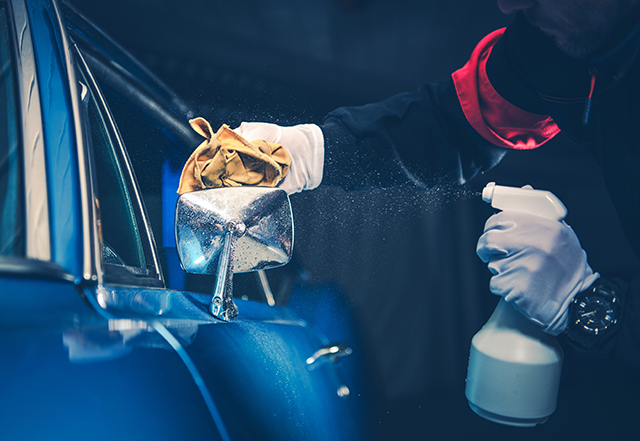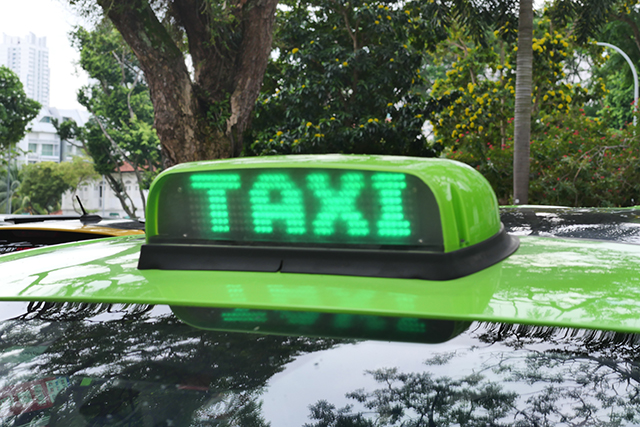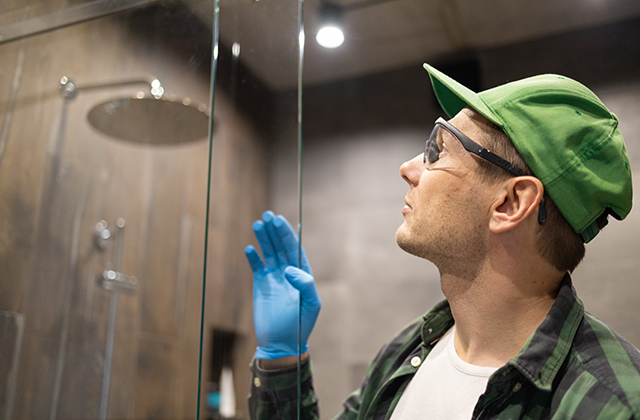Ceramic coatings have revolutionized the way we protect our vehicles. Unlike traditional waxes and sealants, a ceramic coating provides a much more durable, long-lasting layer of protection that shields your car from environmental damage, UV rays, and contaminants. However, like any other form of car protection, a ceramic coating requires proper maintenance to ensure it performs at its best for as long as possible. In this article, we will explore proven techniques for keeping your car’s ceramic coating in top shape and maintaining that flawless showroom finish.
Understanding the Basics of Ceramic Coating
Before diving into the maintenance techniques, it’s essential to understand how a ceramic coating works. A ceramic coating, also known as nano-coating, is a liquid polymer that chemically bonds with the car’s factory paint, forming a protective layer. This layer is hydrophobic, meaning it repels water and prevents contaminants like dirt, road grime, and bird droppings from adhering to the surface. The coating also offers UV protection, preventing oxidation and fading over time.
While a ceramic coating offers superior protection, it is not completely maintenance-free. Regular upkeep ensures that your car ceramic coating remains effective and continues to provide maximum protection.
1. Wash Your Car Regularly
One of the most important steps in maintaining your car’s ceramic coating is regular washing. Even though the coating repels most dirt and contaminants, some residue can still accumulate over time. Allowing dirt, grime, or road salt to sit on your car for extended periods can degrade the effectiveness of the coating.
Here are a few tips for washing your coated vehicle:
- Use pH-Neutral Soap: When washing a car with a ceramic coating, always use a pH-neutral soap that is specifically designed for coated cars. Harsh chemicals and abrasive soaps can strip away the coating over time, reducing its protective qualities.
- Two-Bucket Method: This method involves using one bucket filled with clean water and another bucket filled with soapy water. Dip your microfiber wash mitt into the soapy water, wash the car, and then rinse the mitt in the clean water bucket before returning it to the soapy water. This reduces the risk of dragging contaminants across the surface, which could cause scratches.
- Avoid Automatic Car Washes: While it may be tempting to drive through an automatic car wash for convenience, these washes can be harsh on your car ceramic coating. The brushes and strong chemicals used in many automatic washes can damage the coating. Instead, opt for hand washing or a touchless car wash that uses only high-pressure water and soap.
2. Dry Your Car Properly
After washing your car, it’s crucial to dry it correctly to prevent water spots from forming on the surface. Even though ceramic coatings have hydrophobic properties that repel water, leaving droplets to air dry can still cause unsightly water spots, especially in areas with hard water.
- Use a Microfiber Towel: Always use a clean, soft microfiber towel to dry your car. Microfiber towels are gentle on the coated surface and won’t scratch the paint. Avoid using old or rough towels, as these can leave behind swirl marks or light scratches.
- Blow Dry with a Car Dryer: Another effective way to dry your vehicle is by using a car dryer or leaf blower. These tools help remove water from hard-to-reach areas like door jambs, mirrors, and grilles, and they won’t come into contact with the surface, reducing the risk of scratches.
3. Perform Regular Decontamination
While ceramic coatings repel most contaminants, some particles can still bond to the surface over time, such as iron filings, brake dust, and tree sap. These contaminants can diminish the hydrophobic effect of the coating and make your car look less shiny. Regular decontamination helps maintain the coating’s performance.
- Iron Fallout Removers: Iron fallout removers are chemical products designed to dissolve and remove iron particles that may have embedded themselves in your car’s ceramic coating. These particles can come from brake dust, industrial fallout, or construction sites. Using an iron remover every few months ensures that these particles are effectively removed without damaging the coating.
- Clay Bar or Clay Mitt: Another effective decontamination method is using a clay bar or clay mitt. This process helps remove stubborn contaminants from the surface, such as tar or sap, that washing alone can’t remove. Be sure to use a clay lubricant to prevent scratches during this process.
- Apply a Boost Spray: After decontaminating your vehicle, it’s a good idea to apply a ceramic boost spray. These sprays help rejuvenate the coating by restoring its hydrophobic properties and enhancing its overall performance. Using a boost spray every few washes will help maintain the integrity of the coating and keep your car looking shiny and protected.
4. Use Proper Washing Tools
The tools you use when washing and drying your car play a significant role in maintaining the condition of your ceramic coating. Improper tools can lead to scratches, swirls, and damage to the coating.
- Microfiber Wash Mitts: Always use a microfiber wash mitt when cleaning your vehicle. Microfiber is gentle on the surface and won’t cause scratches like traditional sponges or towels might. Regularly clean your wash mitt to ensure it doesn’t trap dirt or debris that could damage the coating.
- Grit Guard: A grit guard is a device placed at the bottom of your wash bucket to help separate dirt and contaminants from the wash mitt. When you rinse the mitt, the grit guard traps the dirt, preventing it from being reintroduced onto the surface of your car.
- Wheel Brushes: Use specific wheel brushes to clean your car’s wheels and avoid using the same mitt or sponge you use for the paint. Wheels accumulate a lot of brake dust, which contains iron particles that can damage the ceramic coating if transferred onto the painted surface.
5. Protect Your Vehicle from the Elements
While a ceramic coating offers excellent protection from the elements, it’s still a good idea to minimize your car’s exposure to harsh environmental factors whenever possible.
- Park in the Shade: UV rays can be damaging to your car’s paint over time, even with a ceramic coating. If possible, park your vehicle in a garage or under a carport to protect it from direct sunlight. Prolonged exposure to the sun can cause fading and degradation of the paint underneath the ceramic coating.
- Use a Car Cover: If you have to park your car outside for extended periods, consider using a car cover. A high-quality car cover adds an extra layer of protection against environmental contaminants, bird droppings, and tree sap.
6. Apply a Maintenance Coating
While your car ceramic coating may last for years, applying a maintenance coating can help prolong its life and restore its original performance. Maintenance coatings are designed to bond with the existing ceramic layer, enhancing its hydrophobic properties and providing additional protection.
Most maintenance coatings are easy to apply and can be used during regular washes. By incorporating this into your routine, you can help keep your ceramic coating in top condition and extend its lifespan.
7. Regular Professional Inspections
Finally, it’s a good idea to have your ceramic coating inspected by a professional detailer at least once a year. A professional detailer can identify any wear or damage to the coating and suggest appropriate treatments to restore its protective properties. Regular inspections ensure that your car’s ceramic coating continues to perform at its best and that any issues are addressed before they become significant problems.
Conclusion
Maintaining your car ceramic coating involves more than just applying it and forgetting about it. By following these proven techniques, such as regular washing, decontamination, and proper drying methods, you can ensure that your coating remains in top shape for years to come. Additionally, using the right tools, protecting your vehicle from environmental damage, and applying maintenance coatings will help keep your car looking pristine and protected. Book now for ceramic coating services in our shop.



